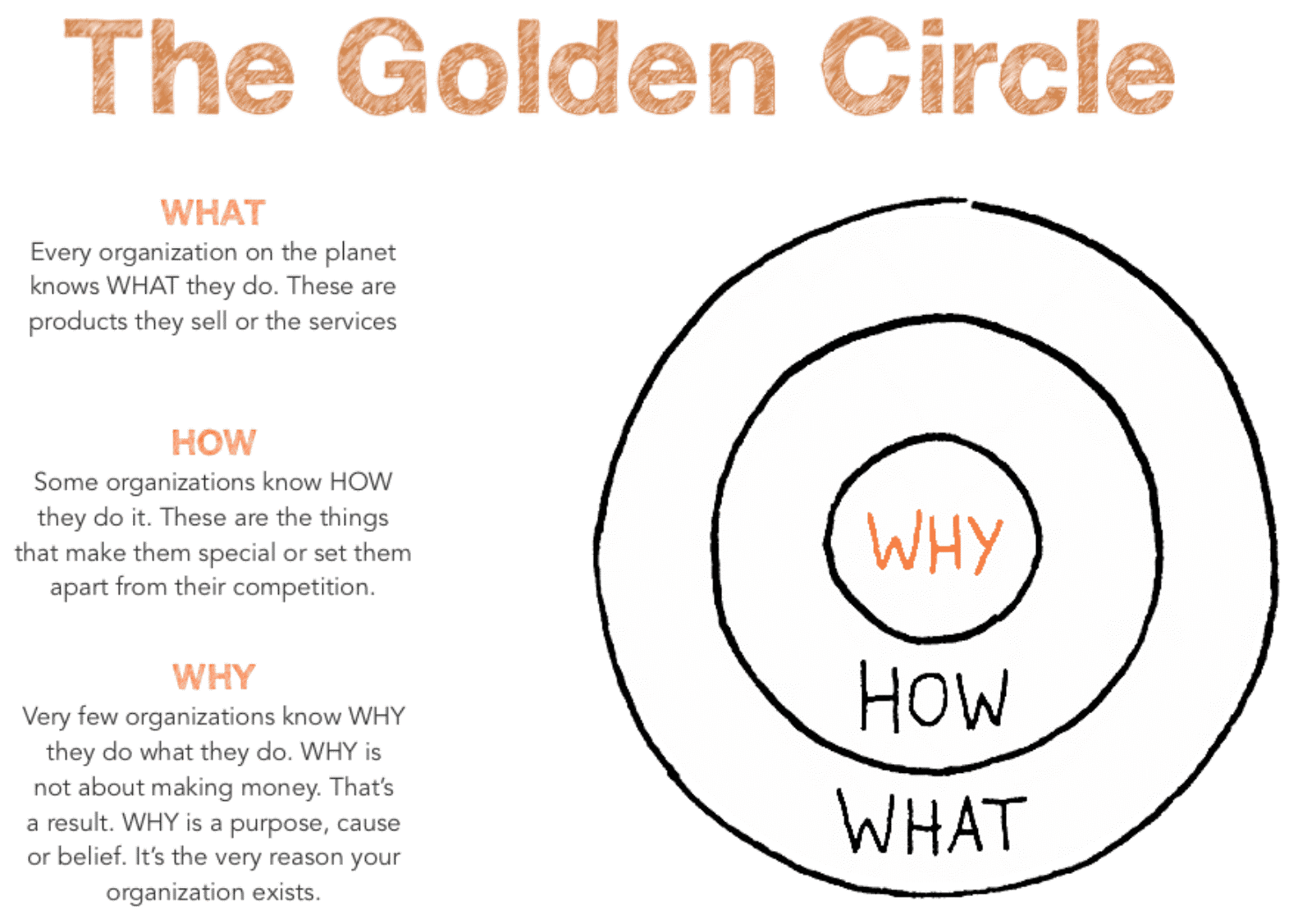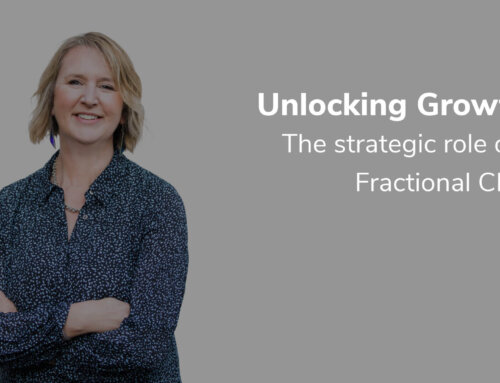A great value proposition is a promise of the value your business will deliver
It’s the primary reason a prospect should buy from you instead of one of your competitors. A great value proposition is core to your competitive advantage as a business. It’s an important factor in improving your sales conversion rate: if you get it right, it will really boost your sales.
If your business is less well known, the better your value proposition needs to be.
What Is a Value Proposition?
A value proposition is your unique identifier as a business. It isn’t just your product or service, it’s the ingredients and the promise of what your business delivers. What and how you solve problems for clients that your competitors can’t. Its what differentiates you.
Keep in mind, your value proposition is not a slogan, its not a tagline or strapline and it’s not a campaign. Your value proposition drills into the problems, issues or challenges you solve for your prospective clients
You know why your business is great, but do your potential clients know and understand what set you apart?
People should read and understand your value proposition
It’s critical to identify your client’s main problem so you can demonstrate how you help solve this in your value proposition. By connecting value to your buyer’s challenges your value proposition will be clearer. This will help you differentiate your brand.

Does your business stand out?
Key characteristics of a Great Value Proposition
- Be concise and easy to understand
- Define what you do
- Make it easy for someone to find you in an online search
- Explain how your product resolves a pain point for your potential customer
- Answer the question: “If I am your ideal customer, why should I buy from you instead of any of your competitors?”
- 15 second rule – you’ve got just 15 seconds to capture someone’s attention when they land on your website
Use language that your target audience will understand easily. Think about reading your value proposition using their lens, not your own. If people go ummm, then they haven’t understood. The same follows if you have to read a lot of text to understand. Make sure
it’s not too long, once you draw them in, you can elaborate later.
- Relevancy. Explains how your product solves customers’ problems or improves their situation. It addresses what’s ‘broken’ in the market (your why). What are the problems/challenges this results in
- Qualified value. (how) you uniquely take this problem away to deliver significant value and benefits
- Differentiation. what’s the means by which it is delivered (your what i.e. the product or service). Why prospects should buy from you and not the competition
- Believability: Which attributes are most believable to your target audience?
Tools to help you build your value proposition
Getting it right can take time, so here are a few tools and approaches to help you.
1. Exercise with your team
If I am your ideal customer, why should I buy from you instead of any of your competitors?
In small groups answer these questions to build a bigger picture – remember this is for your business.
- Identify all the benefits your product offers
- Describe what makes these benefits valuable
- Identify your customer’s main problem / pain point
- Connect this value to your buyer’s problem / pain point
- Differentiate your business as the preferred provider of this value
2. The Golden Circle
Simon Sinek is the author of several leadership books and well known for his inspiring TED talks. He has popularized his now-famous Golden Circle concept. The neuroscience behind the Golden Circle idea is that humans respond best when messages communicate with those parts of their brain that control emotions, behaviour and decision-making.

The Golden Circle model will help give you focus on your business. It’s a great model to use to help you understand how you stand out from similar competitors and how to communicate those differences.
Sinek explains that ‘Why’ is probably the most important message that an organization can communicate as this is what inspires others to action. ‘Why’ is how you explain your purpose and the reason you exist.
Sinek’s theory is that communicating ‘Why’ taps into the part of the listener’s brain that influences behavior. This is why the Golden Circle is considered such an influential theory of leadership. He gives the example of Apple in the YouTube video clip here which explains in simple terms how the model works.
The Golden Circle model is free to use thanks to Simon Sinek, check out this YouTube explanation.
Think about your clients pain points and articulate them
A pain point is a specific problem that prospective clients are experiencing
Not all prospects will be aware of the pain point they’re experiencing, which means helping them realize they have a problem and convince them that your business will help solve it is more challenging.
- Financial Pain Points: spending too much money on current provider/solution/products and want to reduce spend
- Productivity Pain Points: prospects are wasting too much time using their current provider/solution/products or want to use their time more efficiently
- Process Pain Points: Your prospects want to improve internal processes, such as assigning leads to sales reps or nurturing lower-priority leads
- Support Pain Points: Your prospects aren’t receiving the support they need at critical stages of the customer journey, sales process or other processes
Conclusion
Its important that you create your value proposition and make sure you communicate it clearly on your website. Make sure its visible on yous homepage and primary landing pages such as product and service pages. Ensure you include it in your marketing materials and relevant collateral.
Its simple, if you don’t articulate why prospective customers should buy from you with a value proposition, you’re likely to lose them to them to your competitors.





